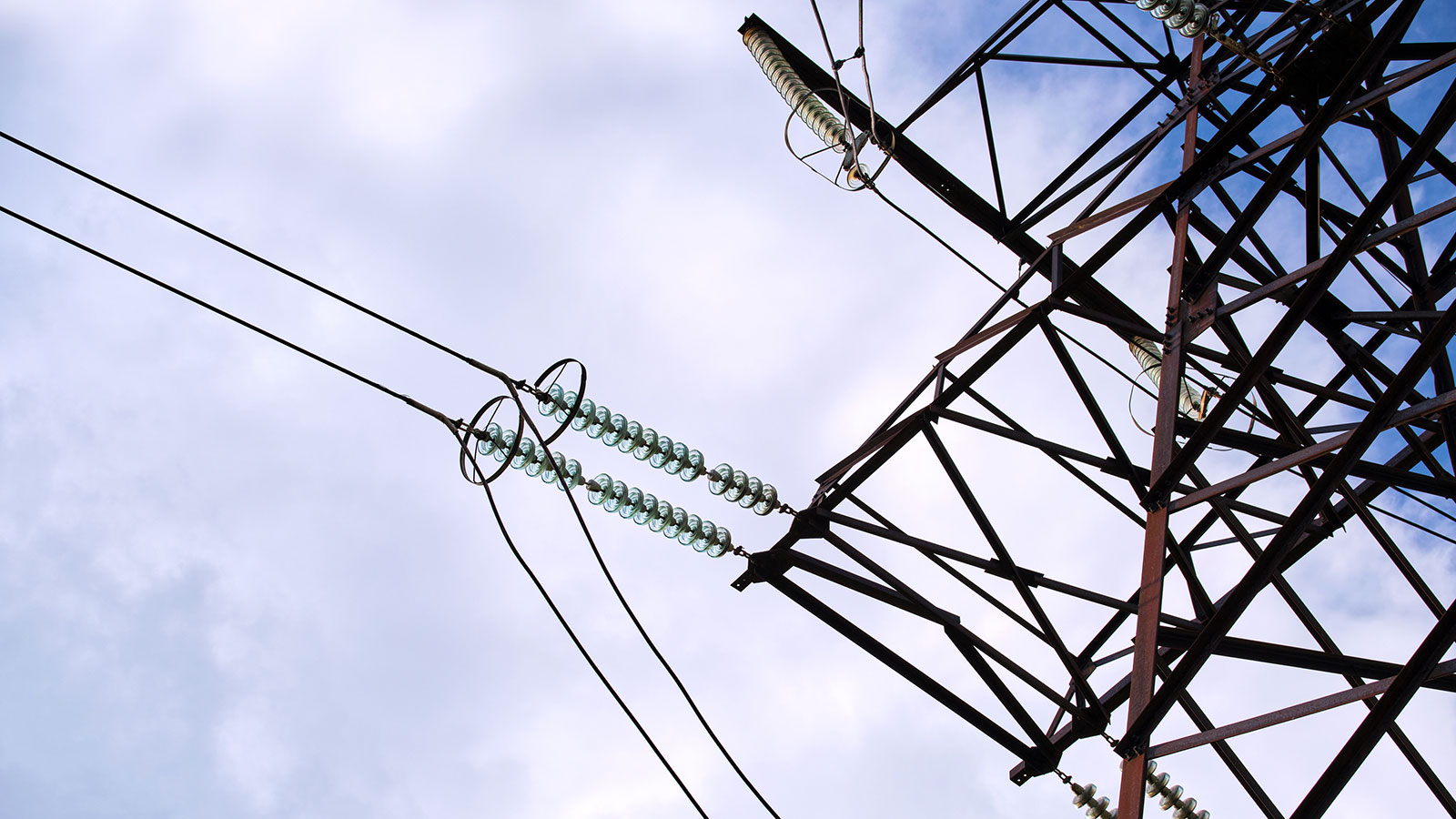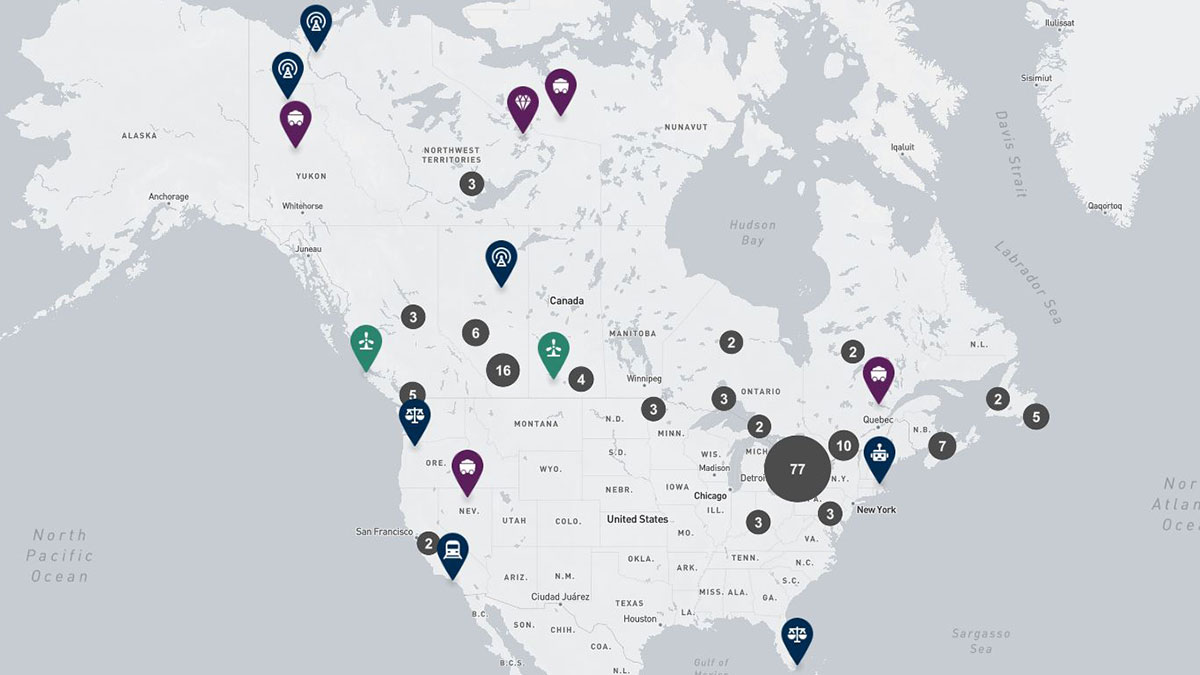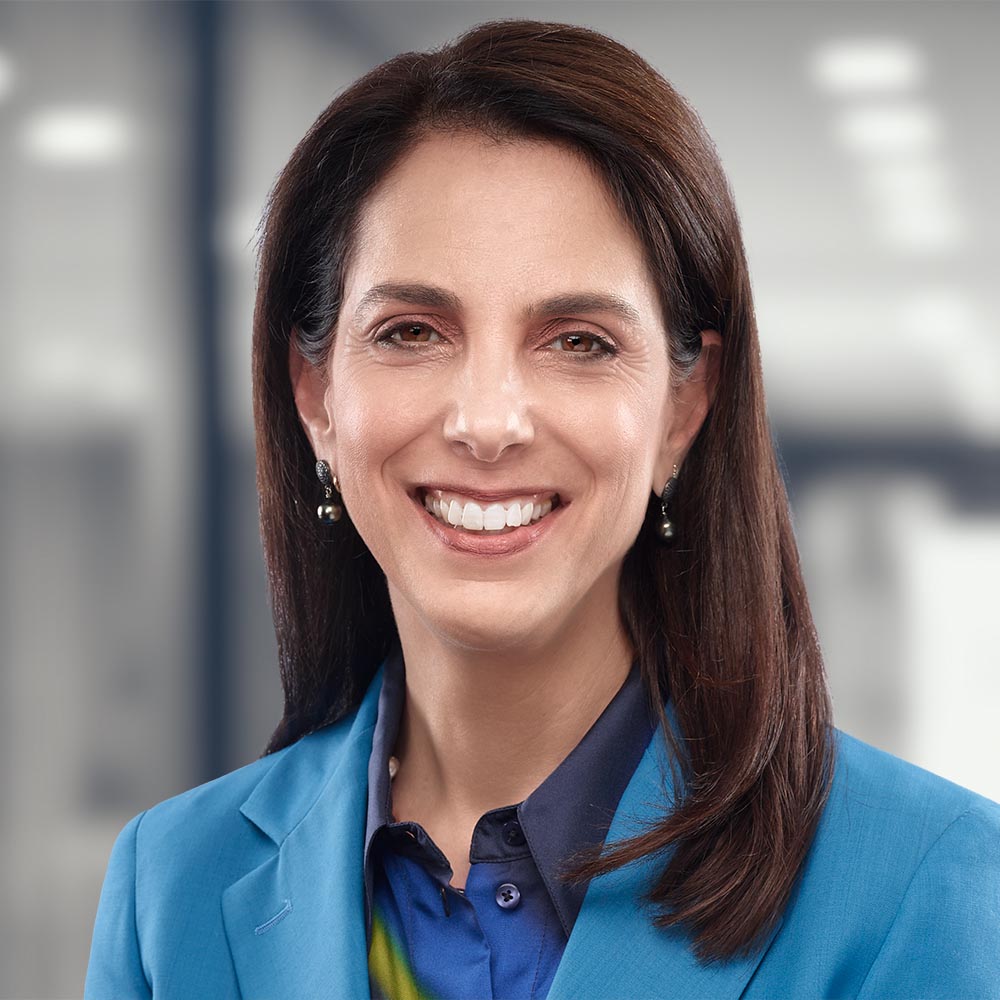Speaker
The impact of increased Indigenous engagement in infrastructure projects comes in many forms, says Valerie Helbronner, and that impact will only increase.
In this video, Valerie discusses:
- how project proponents are benefiting from increased Indigenous engagement
- why the classic consultation process is now just a starting point
- why more Indigenous communities are acquiring equity stakes in projects
- how governments are helping communities fund their equity investments
Click here to see other videos in this series.
Valerie Helbronner (00:07): Hi. I'm Valerie Helbronner, co-head of Torys' Indigenous Practice. Indigenous matters are central to and increasingly important to several of our practice areas here at Torys. Key amongst those is our Infrastructure and Energy Practice. We are seeing an ongoing evolution in how developers and Indigenous communities work together on infrastructure projects. Historically, developers would propose a project and then work to consult with impacted communities on that project.
Valerie Helbronner (00:43): This consultation process covered a number of key areas, including how the land would be used, how the Indigenous communities would be impacted, how the environment would it be impacted, and importantly, how the project would impact Aboriginal and treaty rights. The fulfillment of this duty to consult, while important, is increasingly becoming a minimum requirement to successful project development in the country. We are seeing Indigenous communities become much more actively involved and earlier on in the development, construction, financing and operation of the infrastructure projects across the country. And we are seeing non-Indigenous participants no longer looking at Indigenous communities as risks that need to be managed in project development, but rather as a significant value add to long-term project viability.
Valerie Helbronner (01:36): There are a number of factors at play in terms of this more active involvement of Indigenous communities in infrastructure development and finance. These include an increased appreciation across Canada of the importance of reconciliation with Indigenous peoples, a focus by investors on ESG considerations which include Indigenous communities, the continued drive towards net zero and the realization of the role that Indigenous communities play in these goals, and a desire by more and more Indigenous communities themselves to have a seat at the table.
Valerie Helbronner (02:12): With this shift towards more active and inclusive involvement in infrastructure projects, there's been an increased focus by Indigenous communities in having equity ownership in these projects. Equity ownership taps into the mandate of economic reconciliation, which is one of the key calls to action of the Truth and Reconciliation Commission. There are, of course, a number of ways for Indigenous communities to benefit economically from a project. These include benefit and royalty agreements, which has been the traditional way for communities to participate, employment training and procurement opportunities, and equity ownership. Some governments have reduced barriers to capital with critical programs to help communities meet capital funding commitments. These include loan guarantees and other financing instruments. Reducing the barriers to Indigenous communities being able to fund their equity in infrastructure projects is going to be key to this goal and to the ongoing reconciliation with Indigenous peoples. Partnerships, of course, are not a "one size fits all". The key is a dialogue amongst the parties to understand one another's goals and objectives.
Valerie Helbronner (03:18): With this focus on economic reconciliation, there are more and more projects involving equity ownership by Indigenous communities in infrastructure projects. Torys has been fortunate to be involved in a number of these projects, including the Tlicho All-Season Road, the Wataynikaneyap Transmission Line Project, the Oneida Battery Storage Project and the Nation Rise Wind Farm. This is an exciting time for proponents of projects that impact Indigenous communities, for the communities themselves and for anyone working in this space.
Valerie Helbronner (03:51): There's a real opportunity for Indigenous communities to directly influence decision-making over critical infrastructure projects and to benefit economically for their communities. And there's an opportunity for non-Indigenous participants to create a better alignment of interest among themselves and Indigenous groups, and thereby play a critical role in the reconciliation. Thank you for watching and for more information on our Infrastructure and Energy Practice, and the role that Indigenous communities play in that Practice, please go to www.torys.com.
Get to know our Projects practice

Publication
Learn more about our team
See how our experienced Indigenous team provides guidance on projects affecting Indigenous communities across Canada.

Mandat
See an example of our Indigenous project work
Learn how we’re helping 24 First Nation communities and a leading power utility bring clean, reliable energy to remote parts of northwestern Ontario via a 1,725 km transmission line in the award-winning Wataynikaneyap Transmission Project.
28 oct. 2019

Explore our work by type and region
Visit our new interactive Project Map to see a cross-section of projects we’ve advised on in Canada, the U.S., and beyond.
Inscrivez-vous pour recevoir les dernières nouvelles
Restez à l’affût des nouvelles d’intérêt, des commentaires, des mises à jour et des publications de Torys.
Inscrivez-vous maintenant
